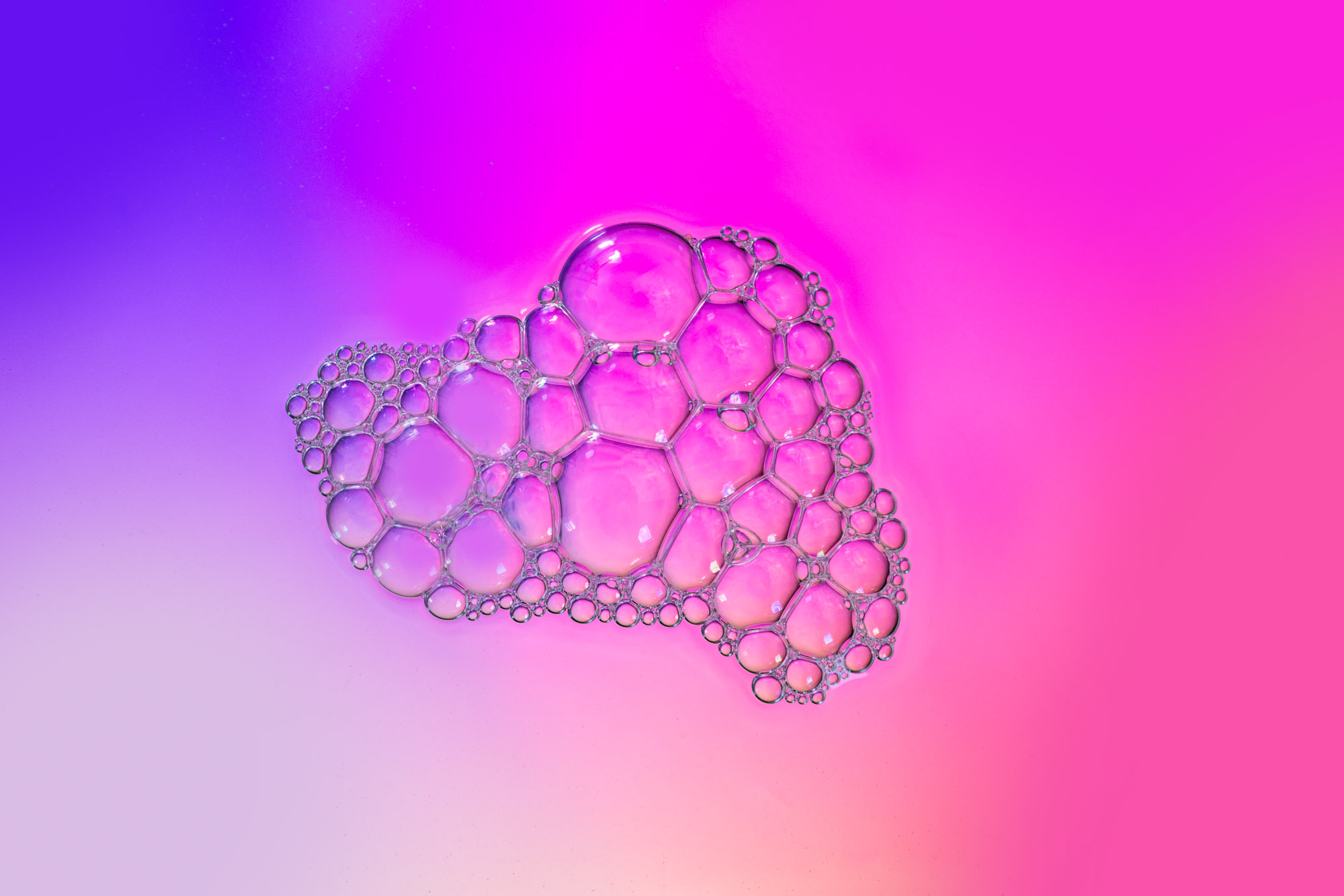Challenge test

A cosmetic challenge test is a test that is conducted to determine the efficacy of the preservative system in a cosmetic product. The test is done by adding a known number of bacteria and fungi to the product and then measuring the growth of the microorganisms over time.
The purpose of a cosmetic challenge test is to ensure that the product is safe to use and that it will not spoil or become contaminated during its shelf life. The test is also used to verify the effectiveness of the preservative system and to make sure that it is compatible with the other ingredients in the product.
The cosmetic challenge test is conducted according to a standard method, such as ISO 11930.
The most effective and consistent means of establishing the efficacy of a preservation system is to subject the product to a microbial challenge test. There are many variations on this test but, in its most simple form, the methods prescribed by various pharmacopoeia are a good basis, e.g. United States Pharmacopoeia (USP) and Pharmacopoeia Europa (Ph. Eur.). In the Ph. Eur. method, the product is inoculated with cultures of organisms representative of the four main subgroups of likely contaminants:
- Gram-negative bacteria – Pseudomonas aeruginosa
- Gram-positive bacteria – Staphylococcus aureus
- Yeasts – Candida albicans
- Moulds – Aspergillus brasiliensis
These cultures are inoculated in separate samples, and then checked for surviving colonies at specified time points. There are different criteria for success for bacteria than for fungi; both are measured on the degree of logarithmic reduction in colony numbers. In order to pass the criteria for bacteria, the colony count must be reduced by at least log 2 within 2 days, and by at least log 3 within 7 days, with no increase in numbers thereafter (being tested also after 14 and 28 days). In order to pass the criteria for fungi, the colony count must be reduced by at least log 2 within 7 days, with no increase thereafter, again, up to 28 days.
The criteria described here, from the Ph. Eur., are the ‘A’ criteria. There are also ‘B’ criteria, which are less stringent and are applied only in situations where the possibility of microbial contamination is greatly reduced, usually due to packaging (e.g. single-use packs). The USP criteria include the Gram-negative bacterium Escherichia coli and are less stringent than those of the Ph. Eur., requiring only that there is no increase in the initial numbers of A. brasiliensis and C. albicans up to 28 days, and only a 1 log reduction of bacteria by 7 days; then a 3 log reduction by 14 days, with no increase at 28 days.
Source: Cosmetic Formulation Principles and Practice - Heather A.E. Benson, Michael S. Roberts, Vânia Rodrigues Leite-Silva, Kenneth A. Walters